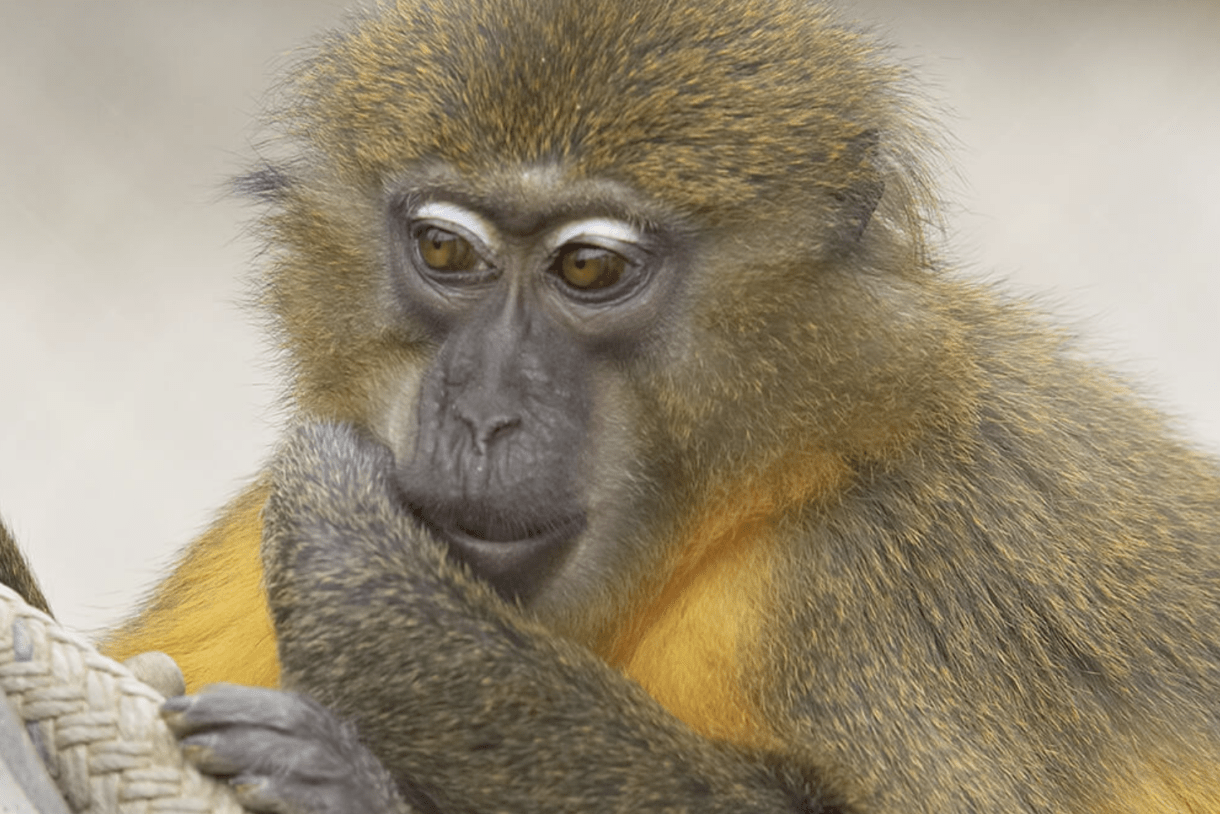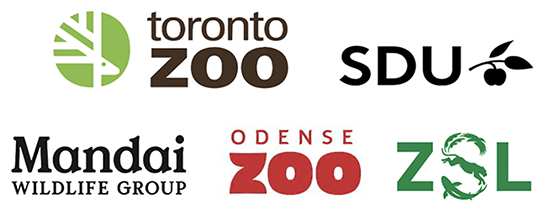A study published in the September issue of Journal for Nature Conservation investigates the role of zoos in the ex situ conservation of Cercopthecinae, a subfamily of old world monkeys which includes baboons, macaques, mandrills, mangabeys and vervets. Cercopthecinae has 12 genera and 78 species recognized.
Until now, no study of this type has been conducted on mammalian taxa, according to researchers Dario Fraschetti, Wild Planet Trust, Paignton Zoo, and University of Plymouth, and Spartacus Gippoliti, IUCN/SSC Primate Specialist Group.
Fraschetti and Gippoliti used data from the Species360 Zoological Information Management System (ZIMS) to assess the balance of threatened and non-threatened species of the Cercopthecinae subfamily within the world’s zoos and conservation institutions.
This, and studies like it conducted on other taxa, are particularly important as the aquarium and zoo community moves toward the One Plan Approach to Conservation a decade ago. Proposed by IUCN’s Conservation Planning Specialist Group, the approach underscores the importance of ex situ populations in helping to sustain populations threatened in the wild.
In the wake of the proposal, new management strategies and conservation actions have been put in place for species assessed by the IUCN as threatened or non-threatened and already managed by captive-breeding programmes in zoos. Step one, for many of those species, has been to evaluate at a global or a regional level the demographics, size, and viability of populations living in zoos and aquariums.
Using ZIMS data, the researchers assessed species, individuals, and breeding at different institutions. ZIMS is comprised of data recorded and shared by zoos, aquariums, refuges and conservation institutions, and is the world’s largest set of data on animals in human care.
The study investigates whether there is a bias towards keeping and breeding threatened or non-threatened species. To investigate the presence of any local differences, analyses were also carried out on a regional level. Furthermore, to assess whether ex situ conservation actions have been effective in zoos at a regional level, data from the past 20 years were analyzed to investigate if increases, decreases, or disappearance of zoo populations have mainly concerned threatened or non-threatened species.
Findings: At a global level, zoos appear to be balanced in keeping and breeding non-threatened and threatened Cercopithecinae. However, at a regional level Europe appears significantly different from the other regions due to its high number of individuals belonging to threatened species in comparison to the non-threatened ones. While there has been a decrease in the populations of several threatened and non-threatened species, Europe is still at the forefront of this taxon’s conservation as the populations of non-threatened species such as the Gabon talopoin and the gelada or threatened ones such as the L’Hoest’s monkey, the drill, and the white-naped mangabey have more than doubled in the last 20 years. Additionally Europe has the highest number of regional captive-breeding programmes.
Read the full Journal for Nature Conservation published study at ScienceDirect.
Learn more about Old World Monkeys at BBC Wildlife.








